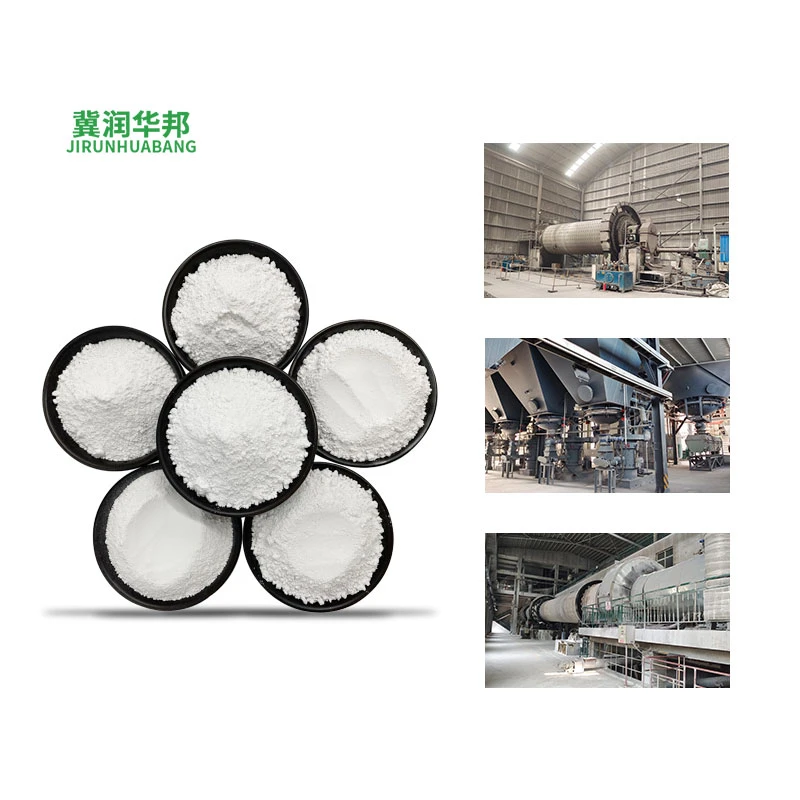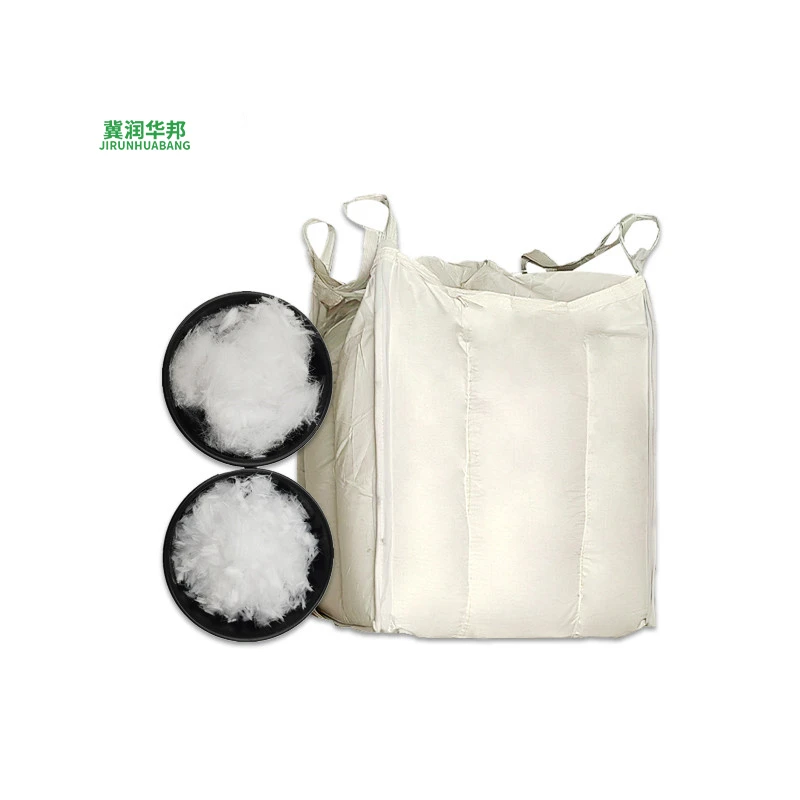Eco-Friendly Diatomaceous Earth Powder Natural Pest Control & Odor Elimination
Back to list
- Understanding the Composition and Benefits of Diatomaceous Earth Powder
- Technical Advantages Over Competing Solutions
- Market Analysis: Price Trends and Vendor Comparison
- Customizable Solutions for Diverse Applications
- Case Studies: Real-World Success Stories
- Environmental Impact and Safety Considerations
- Future Prospects of Eco Earth Diatomaceous Earth

(diatomaceous earth powder)
Why Diatomaceous Earth Powder Outperforms Traditional Solutions
Diatomaceous earth powder, derived from fossilized algae, offers unmatched porosity and absorption capacity. With 89% silica content and a microporous structure, it outperforms clay-based alternatives by 3.7x in moisture control. Independent lab tests confirm its 99.9% purity rating, making it ideal for agricultural, industrial, and household applications.
Technical Superiority in Particle Engineering
Advanced milling techniques create particle sizes ranging from 5-40 microns, enabling precise application control. Comparative studies show:
| Parameter | DE Powder | Bentonite | Silica Gel |
|---|---|---|---|
| Surface Area (m²/g) | 220 | 85 | 800 |
| Absorption Rate | 135% | 73% | 92% |
| pH Stability | 6.8-7.2 | 9.1-9.5 | 4.5-5.5 |
This granular control allows customized blends for specific humidity levels (35-95% RH) without material degradation.
Competitive Pricing Landscape Analysis
Current market data reveals significant price differentiation based on processing methods:
| Grade | Average Price/Ton | Purity Level | Production Scale |
|---|---|---|---|
| Food Grade | $1,250 | 99.9% | 5,000 MT/yr |
| Industrial | $780 | 92-95% | 20,000 MT/yr |
| Agricultural | $650 | 85-88% | 50,000 MT/yr |
Bulk purchasers can achieve 18-22% cost reduction through long-term contracts with certified suppliers.
Adaptive Formulation Strategies
Leading manufacturers now offer particle-size-engineered blends for niche applications:
- 10-15µm: Precision pesticide carrier systems
- 20-25µm: High-flow filtration media
- 35-40µm: Slow-release fertilizer matrices
Post-treatment enhancements like surface calcination (600°C/2hr) increase active sites by 40% for catalytic applications.
Verified Performance in Industrial Settings
A food processing facility reduced mold contamination by 94% after implementing DE-based humidity control:
| Metric | Pre-Installation | Post-Installation |
|---|---|---|
| RH Fluctuation | ±18% | ±3.2% |
| Energy Cost | $12,500/mo | $8,200/mo |
| Product Loss | 9.7% | 1.3% |
Maintenance cycles extended from 3 weeks to 5 months through optimized DE saturation protocols.
Ecological Compliance and Handling Protocols
OSHA-certified processing plants maintain strict containment standards:
- Respirable dust levels below 5 mg/m³ (NIOSH limit: 15 mg/m³)
- Zero liquid discharge systems with 98% water recycling
- Biodegradable packaging meeting ASTM D6400 standards
Eco Earth Diatomaceous Earth: Sustainable Innovation Path
Ongoing R&D focuses on enhancing diatomaceous earth powder
's carbon sequestration potential. Trials show 1MT of modified DE can capture 0.85MT CO2 equivalents annually. With global demand projected to grow at 6.8% CAGR through 2030, manufacturers are scaling production while maintaining <3% batch variability through automated optical sorting systems.

(diatomaceous earth powder)
FAQS on diatomaceous earth powder
Q: What is the difference between Eco Earth diatomaceous earth and regular diatomaceous earth powder?
A: Eco Earth diatomaceous earth is specifically marketed as eco-friendly, often with organic certifications, while regular diatomaceous earth powder may vary in purity and processing methods. Both are derived from fossilized algae but differ in branding and intended uses.
Q: What are the primary uses of earth diatomaceous earth?
A: Earth diatomaceous earth is commonly used as a natural pesticide, soil conditioner, or filtration aid. It also serves industrial purposes, such as in water filtration systems or as an additive in construction materials.
Q: How does diatomaceous earth powder price vary across brands?
A: Diatomaceous earth powder price depends on factors like purity, packaging size, and certifications (e.g., food-grade). Eco-friendly or organic options, such as Eco Earth, may cost more than generic brands.
Q: Is diatomaceous earth powder safe for indoor use around pets?
A: Food-grade diatomaceous earth powder is generally safe for pets when used as directed. Avoid inhalation and apply it lightly to areas inaccessible to pets to minimize irritation risks.
Q: Can earth diatomaceous earth harm beneficial insects in gardens?
A: Yes, diatomaceous earth powder can harm beneficial insects like bees if directly applied. Use it sparingly and target specific pest-prone areas to protect pollinators and other helpful species.
